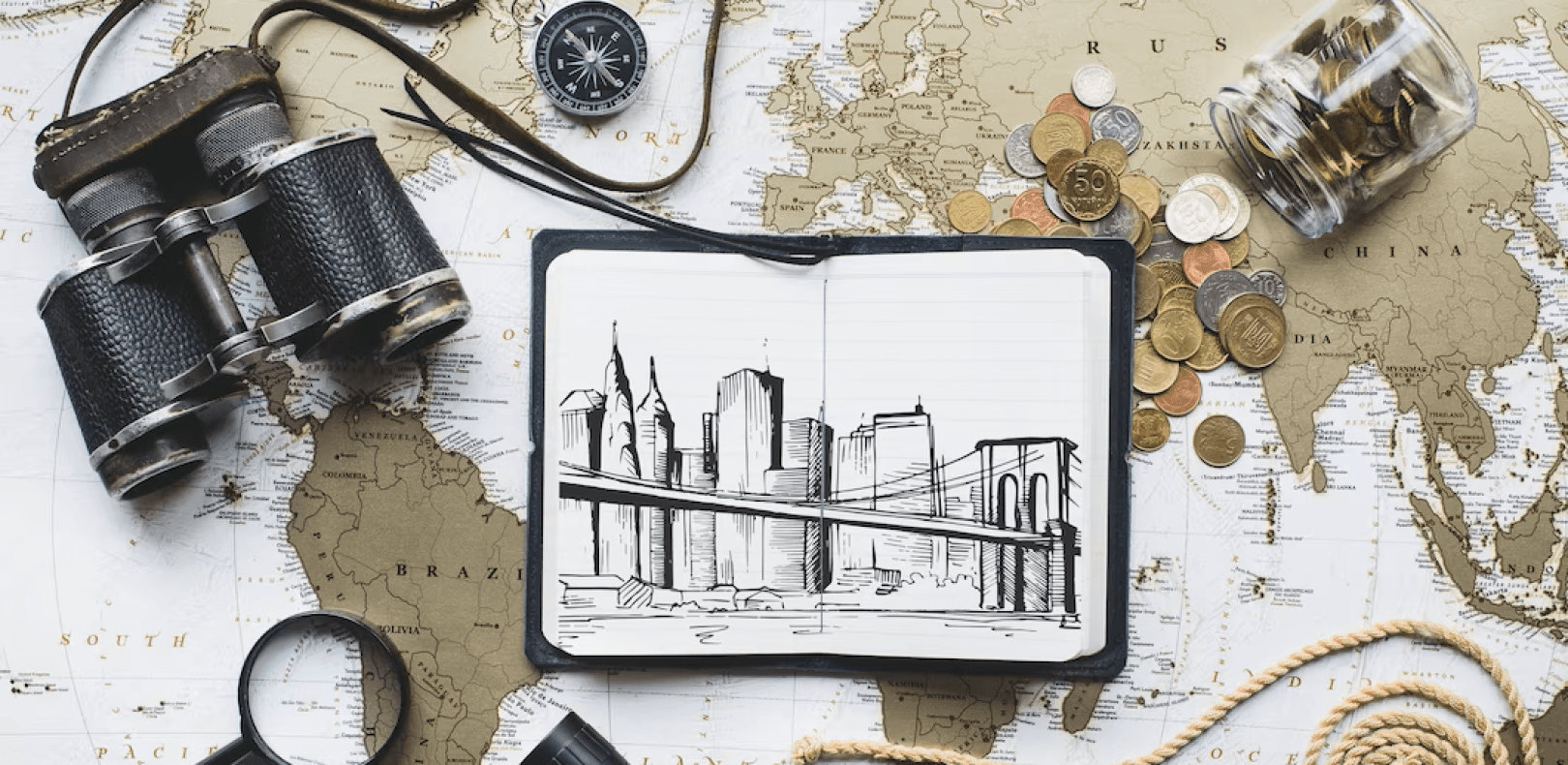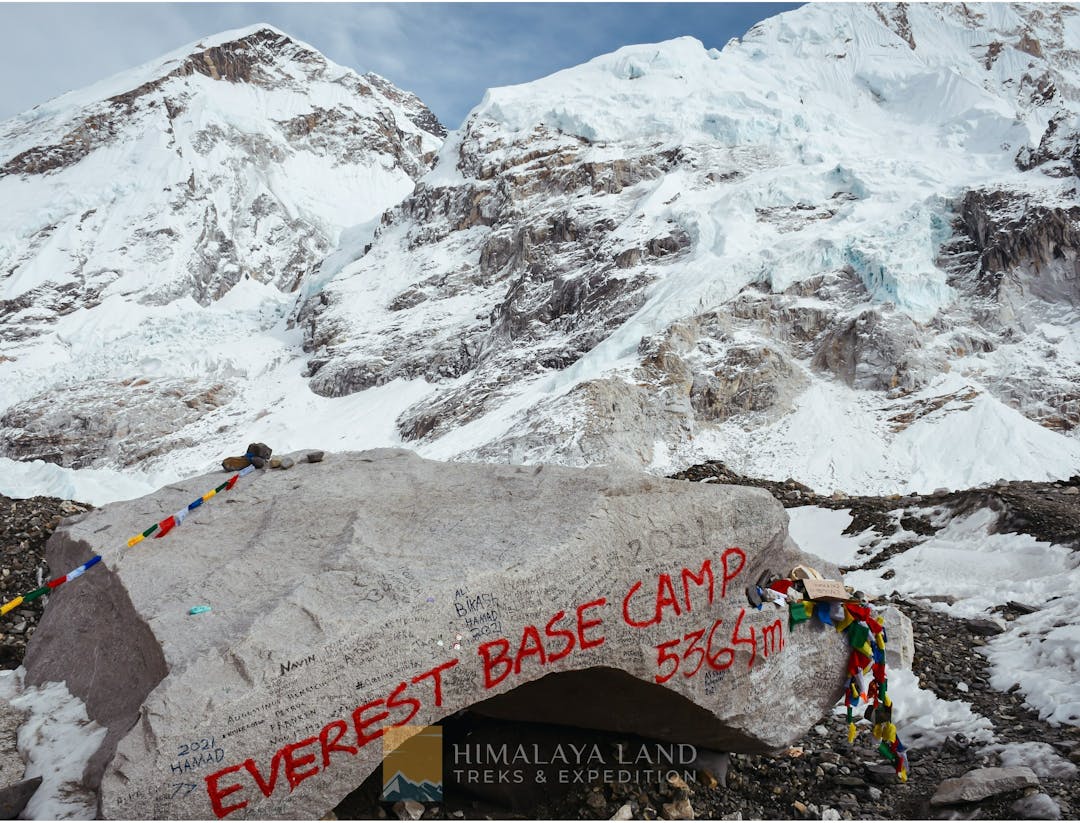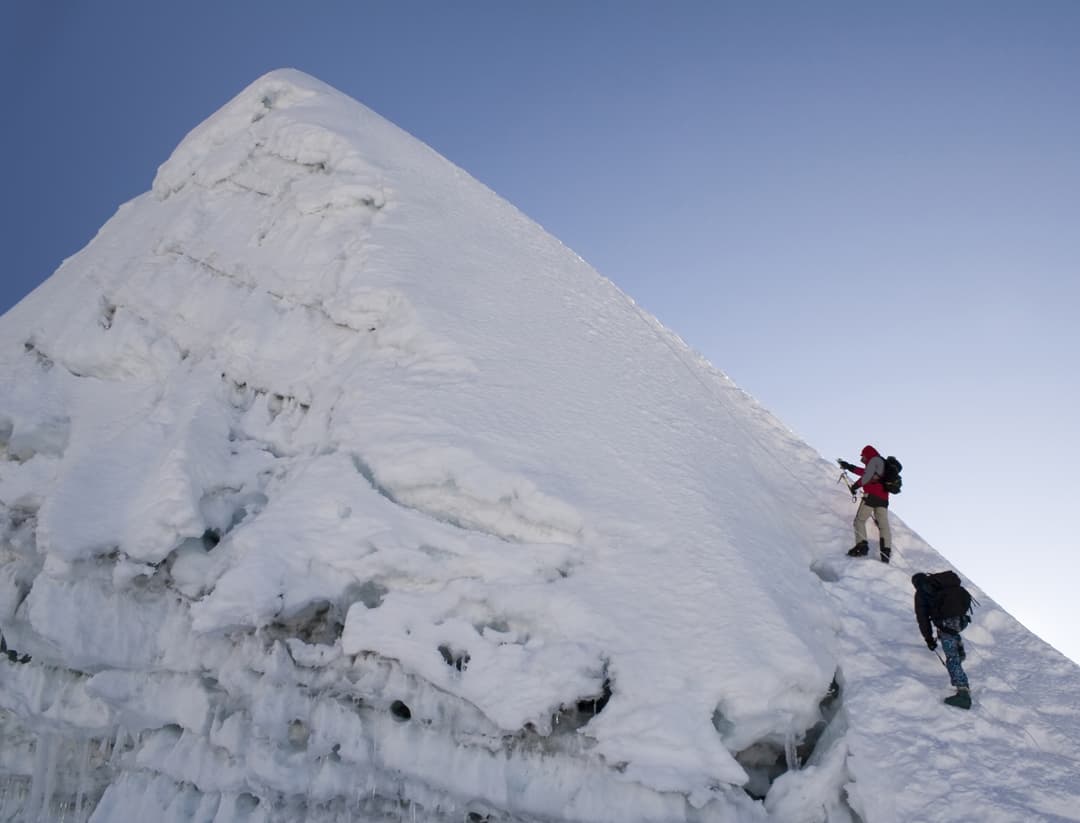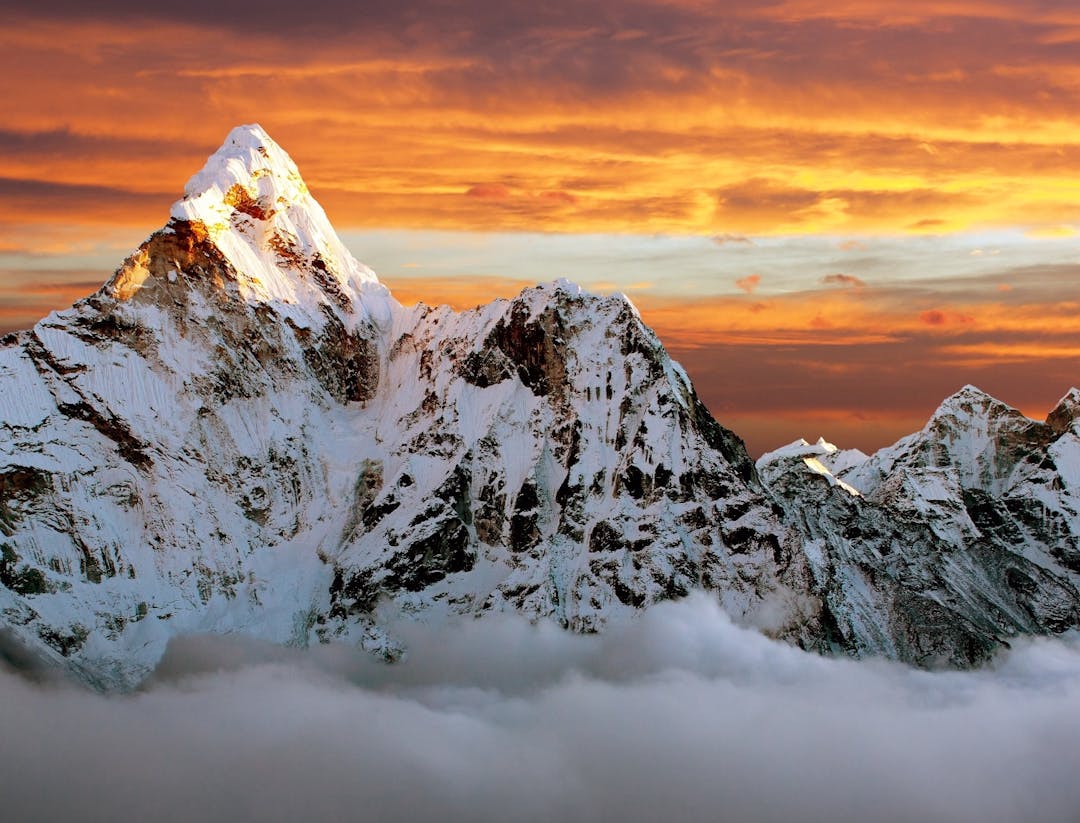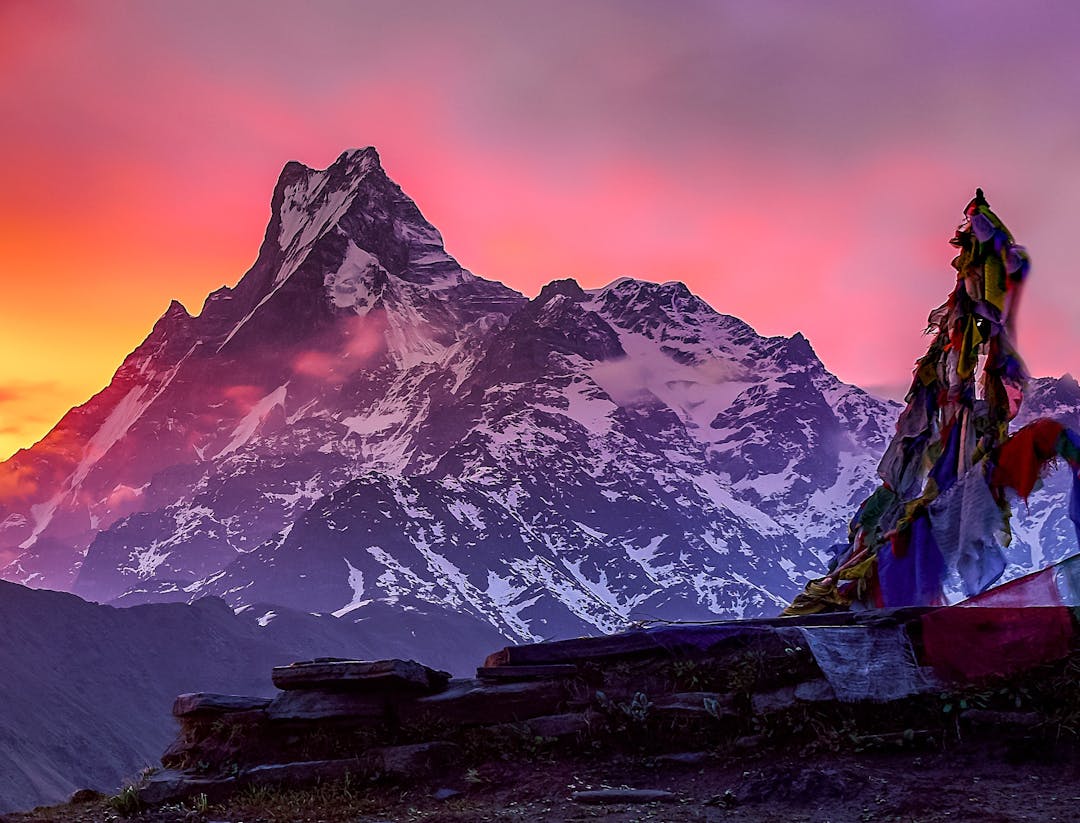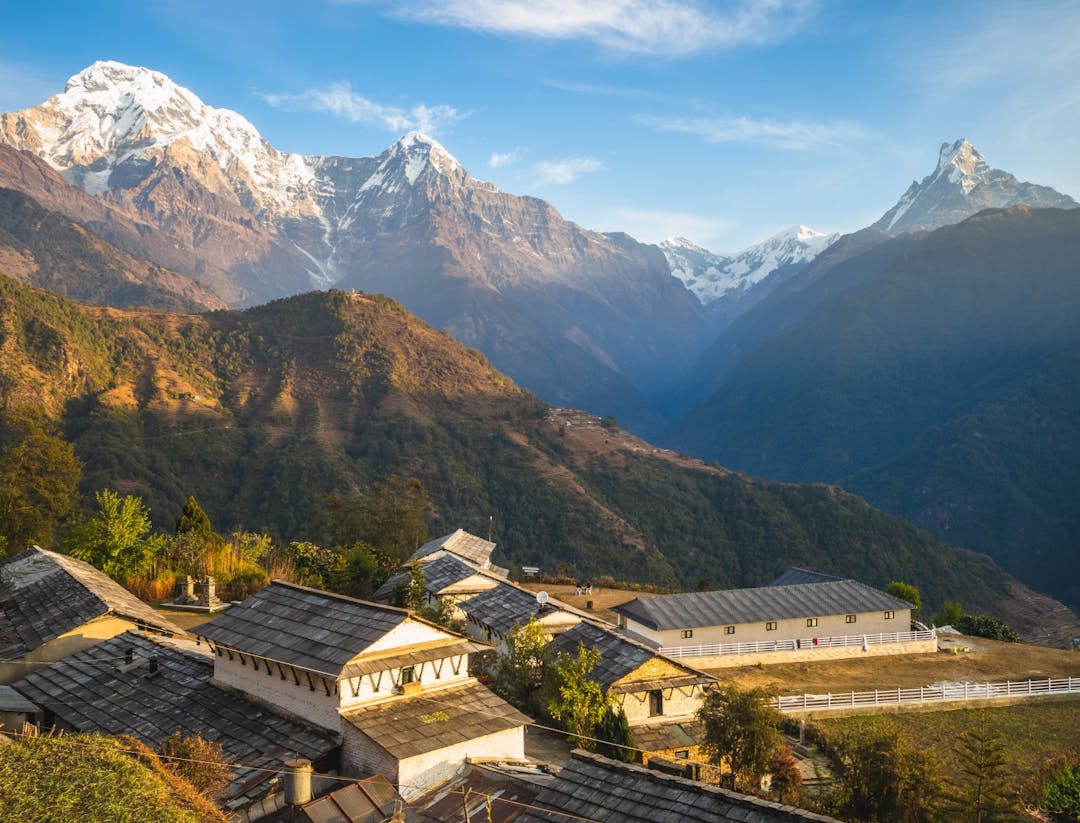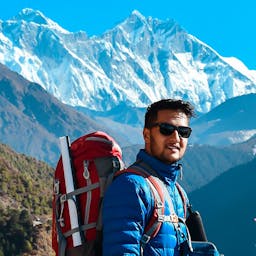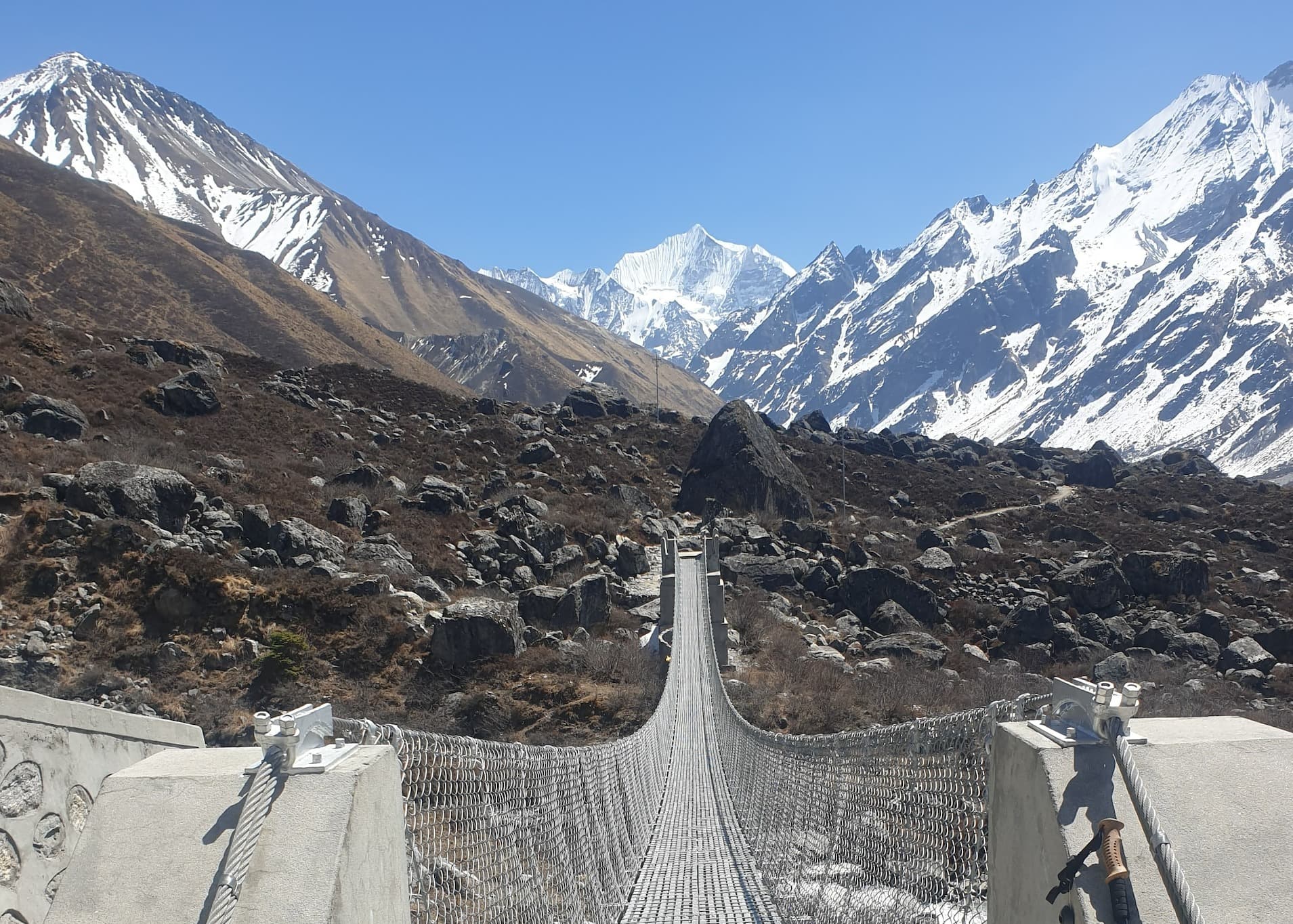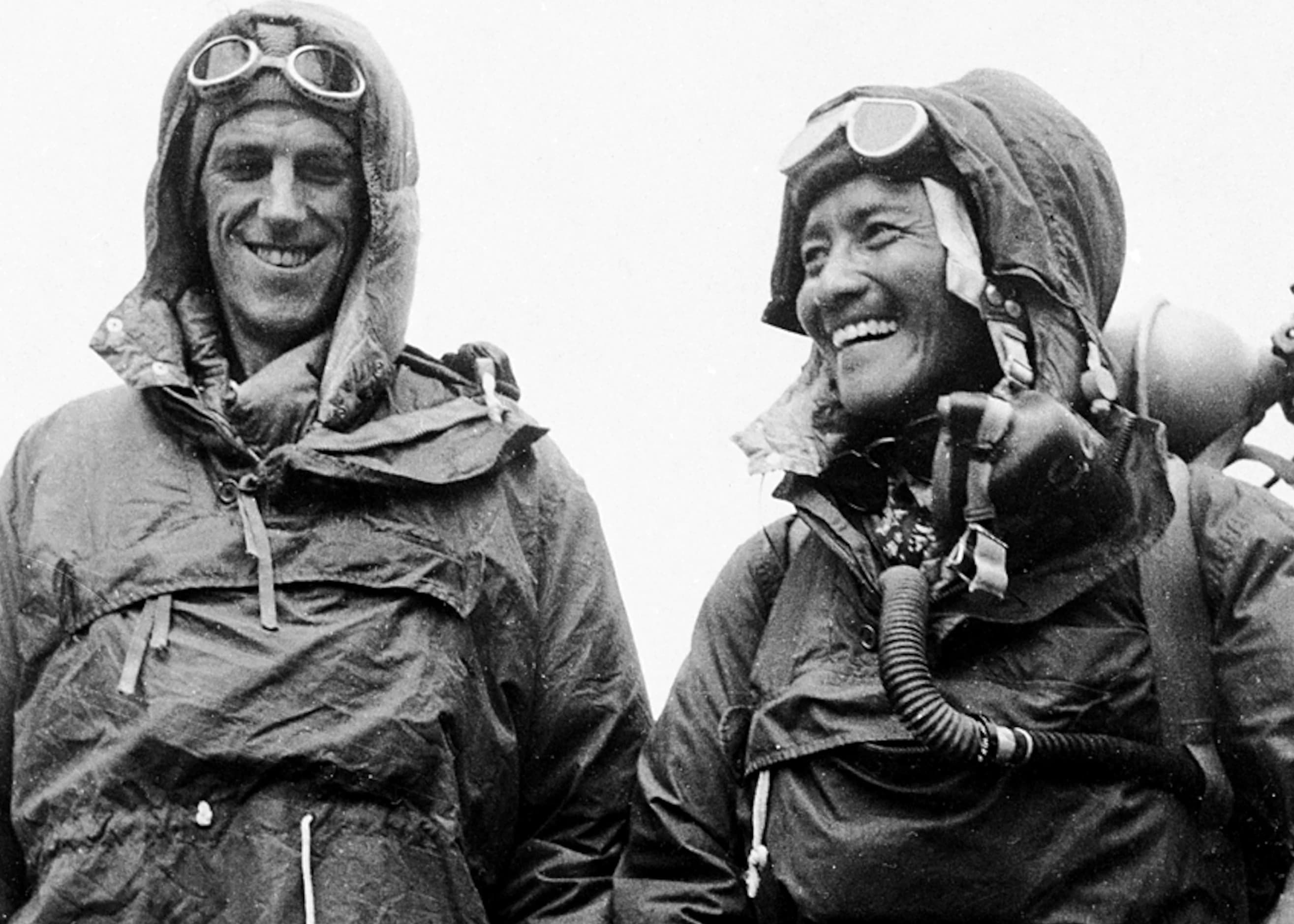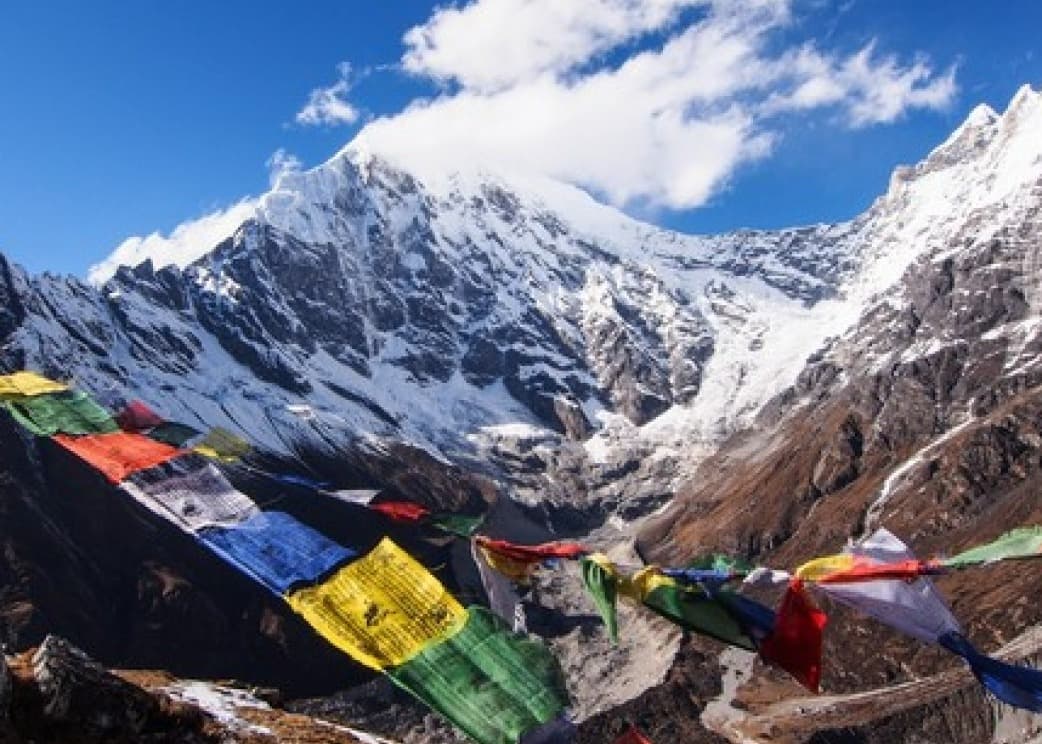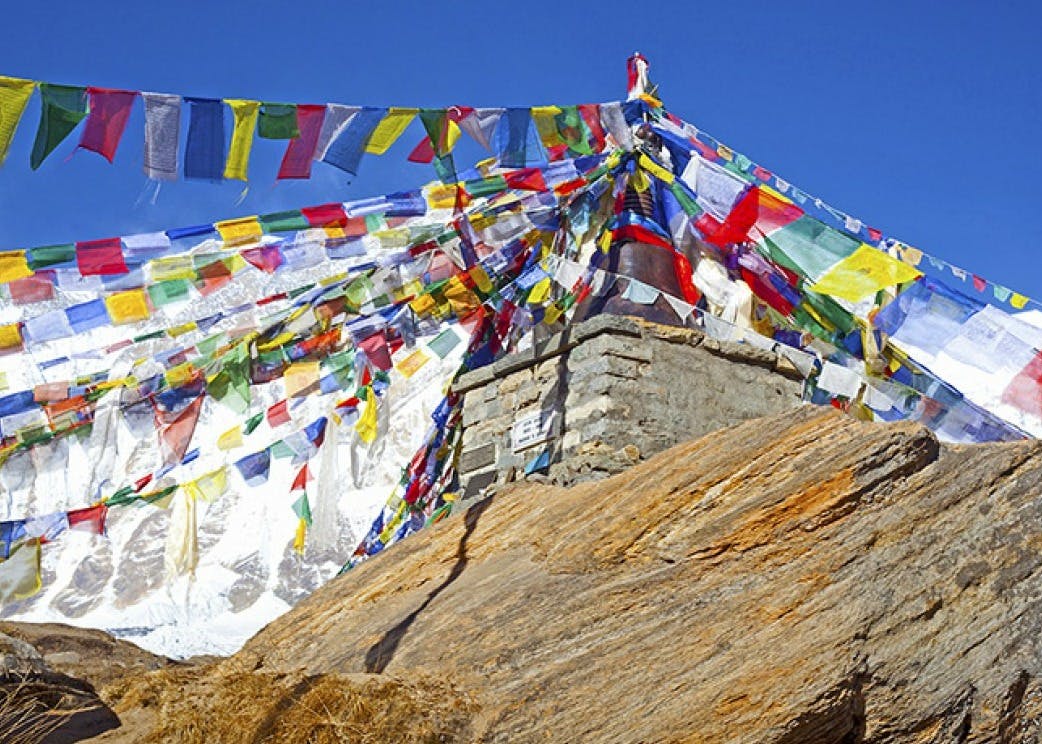Nestled in the Himalayan region, Nepal has been a popular destination for adventure seekers and cultural enthusiasts for decades. Nepal has long been a popular destination for trekking, mountaineering, and tourism, with Mount Everest towering above and a variety of cultural heritage sites. The history of tourism in Nepal spans decades, from early explorers in the 1950s to modern-day adventure seekers.
The country's tourist sector has expanded tremendously, and sustainable and ethical tourism methods are becoming more and more popular. From the beautiful Himalayan peaks to its inhabitants' colorful culture, Nepal offers a singular and remarkable travel experience. Join us as we trip through Nepal's tourism history and examine the numerous travel fads, destinations, and activities that make this nation a must-see for tourists from across the world.
Nepal, the land of the Himalayas, has been attracting tourists from around the world for many decades. From the early explorers of the 1950s to the modern-day adventure seekers of today, Nepal has come a long way in terms of tourism development. In this article, we'll take a closer look at the evolution of tourism in Nepal with detailed statistics.
1950s-1970s: Early Explorers and Trekkers
The beginning of the 1950s saw the opening of Nepal to foreign travelers, which is when the history of tourism in that nation began. British mountaineer Maurice Herzog organized an expedition to climb Annapurna in 1950, making him the first tourist to visit Nepal. Ever since, Nepal has drawn mountaineers, hikers, and adventure seekers.
Nepal had a strong rise in tourism in the 1960s and 1970s. In 1962, there were just over 6,000 tourists in Nepal; by 1972, there were 54,000. Trekkers and mountaineers, who were drawn to Nepal's untamed mountainous terrain and its famed peaks like Mount Everest, Annapurna, and Langtang, made up the majority of tourists during this time.
1980s-1990s: Cultural and Religious Tourism
Nepal experienced a change in the types of tourists visiting the nation in the 1980s and 1990s. There was a noticeable rise in cultural and religious tourism, even though mountaineering and trekking remained well-liked activities. The rich cultural heritage of Nepal, which includes centuries-old temples, monasteries, and palaces, attracted visitors from all over the world.
The number of travelers coming to Nepal increased throughout this time. In 1980, Nepal attracted 285,000 visitors; by 1990, that number had increased to 373,000. The bulk of tourists at this time were from nearby nations like India, China, and Bangladesh, followed by travelers from Europe and North America.
2000s-2010s: Adventure Tourism and Sustainable Travel
Sustainable and responsible travel, as well as adventure tourism, has increased in Nepal between the 2000s and 2010. A new generation of tourists who were interested in seeing Nepal's natural beauty and being conscious of their travel impact started to arrive in the nation.
Throughout this time, the number of tourists visiting Nepal grew steadily. In 2015, Nepal suffered a devastating earthquake that had a major impact on its tourism industry. According to Nepal Tourism Board (NTB) Tourist arrivals dropped by almost one-third to 538,970 in 2015. In 2016, the number of tourists visiting Nepal started to recover, with 753,002 arrivals. In 2017, Nepal saw a record number of tourist arrivals, with 940,218 visitors.
In 2018, tourist arrivals in Nepal reached 1,173,072, an increase of over 24% from the previous year peaking at 1,197,191 in 2019. In 2008, Adventure sports including white-water rafting, bungee jumping, and paragliding have become increasingly popular among tourists in addition to mountaineering and trekking.
As more tourists sought to have a good impact on the communities they visited, sustainable tourism strategies including ecotourism and responsible tourism gained popularity. In 2020, the COVID-19 pandemic had a major impact on tourism in Nepal, with tourist arrivals dropping to just 230,085 with a decrease of over 80.7% and further decrease by 30% in 2021 with an total number of 150962.
| Country | Total Number of Tourist | Percentage |
| India | 3,965,341 | 28% |
| China | 485,902 | 3.4% |
| USA | 397,443 | 2.8% |
| UK | 280,825 | 2% |
| Sri Lanka | 242,807 | 1.7% |
| Thailand | 235,291 | 1.6% |
| South Korea | 221,907 | 1.5% |
| Japan | 203,370 | 1.4% |
| Australia | 182,030 | 1.3% |
Total Number of Tourist that Visited Nepal Between 2010 to 2019 by Nationality
Impact of Tourism in Economic Sector of Nepal
The Nepalese economy mostly depends on tourism. The World Travel and Tourism Council (WTTC) estimates that the direct economic impact of travel and tourism in Nepal was 4.4% of GDP in 2020 and is projected to increase by 6.1% year between 2020 and 2030. In 2019, the contribution of travel and tourism to Nepal's GDP was NPR 240.7 billion, which was approximately 7.8% of the country's total GDP.
The tourism industry's contribution to GDP is expected to rise in the future, with the government promoting tourism as a priority sector for economic development. Tourism is a significant source of foreign exchange earnings for Nepal. In 2019, Nepal earned USD 2.1 billion from tourism, which was a 5.3% increase from the previous year. Tourism is a major employer in Nepal. It directly employed around 1.05 million people in 2019, which was around 4.4% of the total employment in the country.
Tourism has also been a major contributor to investment in Nepal. In 2019, the total investment in the tourism industry was NPR 85.3 billion, which was around 7.2% of the total investment in the country. Domestic tourism is also a growing segment in Nepal. In 2019, there were around 4.4 million domestic tourist arrivals, which was a 14.7% increase from the previous year.
Nepal's regional areas have developed significantly thanks to tourism. To encourage balanced growth throughout the nation, the government has been supporting tourism in isolated and rural areas. This has raised the level of living in the surrounding communities and created income and employment opportunities.
From the beginning of mountaineering and trekking, Nepal's tourist sector has advanced significantly. The nation now provides a wide variety of vacation experiences, from seeing historic temples and palaces to trekking through untamed mountainous landscapes and taking part in adventure sports. Maintaining a balance between growth and sustainability will be crucial as Nepal's tourism industry develops if the nation's natural beauty and cultural legacy are to be preserved for future generations.

